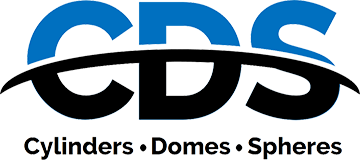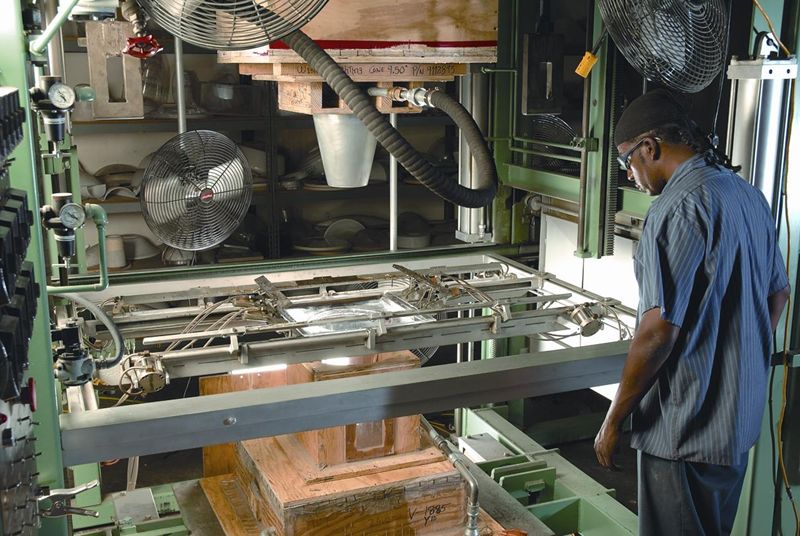Plastic Thermoforming
Our plastic thermoforming operations include drape forming, vacuum forming, line bending, blow forming, and pressure forming. These thermoformed plastic parts are used in a number of industries, including aerospace, automotive, and medical. We commonly use acrylic, polycarbonate, styrene, and ABS in both colored and tinted forms.
Plastic parts that require shapes having gradual bends, such as boat windows and machine guards, can be produced in our drape forming operations. With our vacuum forming process, complex and elaborate plastic shapes such as medical trays, speaker casings, and automotive components can be produced. Specializing in thermoforming thick-gauge materials, we can shape plastic products with thickness ranging from 0.060” to 3”.

